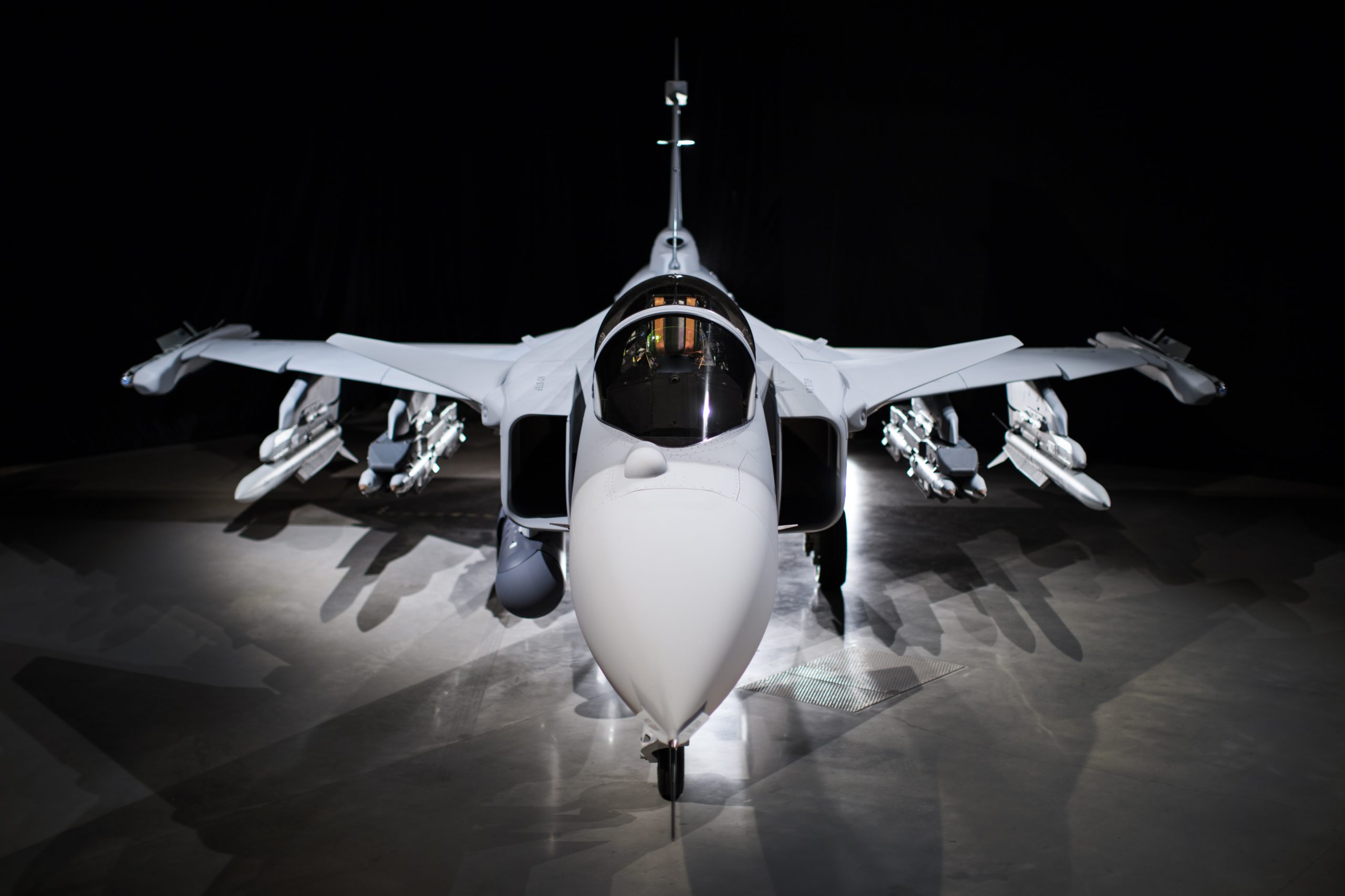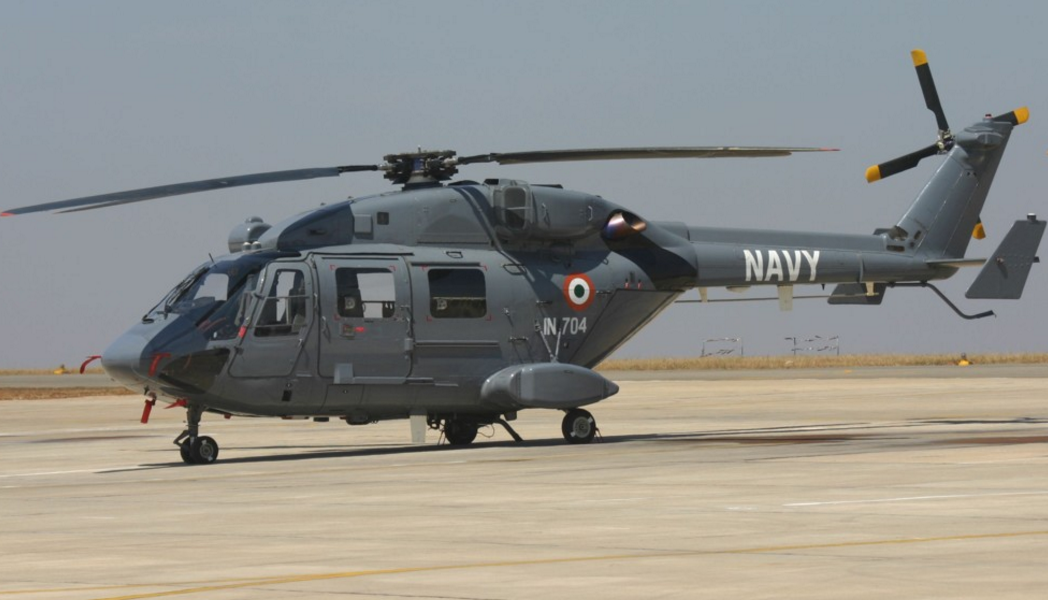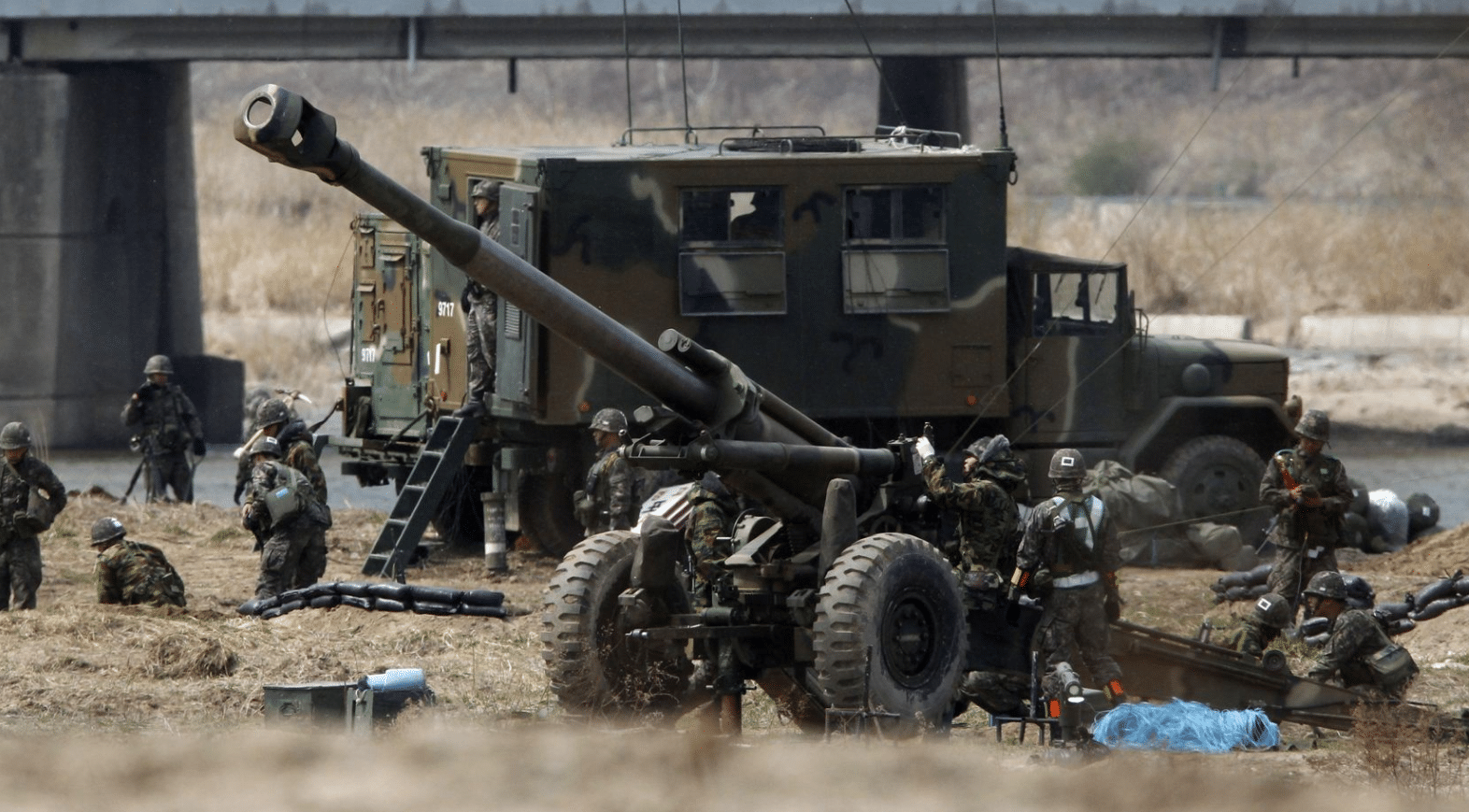2645Views 7Comments

Saab launches the JAS-39E Gripen (Next Generation)
Swedish defence vendor Saab has just unveiled the first of three JAS-39E Gripen Next Generation (NG) multi-role fighters at its Linköping site in Sweden.
The Gripen NG program was initiated in 2013 with the aim of developing an updated Gripen variant with improvements in range and payload. In addition, the NG was sotted to carry a new active electronically-scanned array (AESA) radar (alongside an improved on-board avionics suite). It is expected that the Gripen NG, at least to start, will use the Leonardo (formally known as Finmeccanica) Raven ES-05 AESA radar. It also includes an integrated infrared search and track system (IRST).
In 2015, Brazil became the first overseas customer of the Gripen NG. Under a $4.7 billion U.S. deal, the Brazilian Air Force placed an order for 36 JAS-39E/F Gripen NG along with a maintenance and technology transfer package. Sweden has 60 Gripen NG in the pipeline for its own use.
The Gripen E prototype will conduct its maiden flight by the end of 2016. The Swedish Air Force expects to receive its first batch of Gripen NGs by 2023.
Comment and Analysis
The Gripen NG design was frozen in March 2014. Although it looks similar, the Gripen NG is slightly larger than the current Gripen. This enables the Gripen NG to boast a higher number of hardpoints (nine versus the seven on the Gripen C/D) as well as room for a more powerful engine (General Electric F414) and additional internal fuel. It is basically a new airframe design.
The Saab Gripen has basically been the role model for other lightweight fighter designs. Seeing Saab invest heavily in this program and position it as a platform for the 2020s and 2030s – i.e. a time when so-called fifth-generation stealth aircraft will enter service – is a strong vote of confidence in the idea of having “non-stealth” platforms equipped with the latest on-board electronics (e.g. radar and electronic warfare and electronic countermeasure suites or EW/ECM).
On Quwa, we heavily cover news about the JF-17 Thunder. It is a good idea to consider the Gripen NG as an example of what is possible with lightweight fighter platforms. Some elements, such as the AESA radar and vastly improved EW/ECM, can strengthen the JF-17’s case as a credible defensive asset, even against individually more capable adversaries (especially if one factors in network-centric warfare support).
That said, it is unlikely that the JF-17 will see as many airframe changes or improvements as the Gripen NG. With absolute certainty, the JF-17 Block-III will likely carry the same core airframe design, albeit there will likely be some improvements in the form of minor weight reduction via composite materials and/or a new turbofan engine. But major improvements in range and payload are unlikely.
Compared to the current Gripen, the Gripen NG is a different beast. While an expensive system, it is still markedly more affordable than the Dassault Rafale and Eurofighter Typhoon. Air forces that cannot access or afford the likes of the F-35, Rafale and Typhoon will find a very good alternative in the Gripen NG, especially if they are accustomed with Western platforms and eager to continue flying them.



7 Comments
by Hashim Rasheed
This is a good option for Pakistan to consider now that the F-16 sale from the US is in the doldrums. The Gripen has always been a very efficient aircraft and, with major improvements, it can provide an alternative to the F-16 for the PAF with an eye on the future when the PAF will need to retire some of its aging fleet. Paksitan should be looking at acquiring and inducting 4th and 5th generation aircrafts, and the Gripen will offer a good start.
by Ashi Sidhu
it is still too costly for PAF
by Abdul Rashid
Right now it is just the FMF allocation to help fund the purchase of F16s that has been reported to be in the doldrums, not the sale itself. If the US does go a step further and block F16 sales outright, what chance is there of having a successful future with Gripen NG with its General Electric F414engine?
by kash
considering how close JF17 blk2 is to Gripen C (specs wise)…I think Gripen E’s specs can be achieved…with comprehensive avionic upgrade already in works all is needed is another ton of fuel (CFTs??) and 98kn engine…its worth mentionig Brazil paid more than $130 million a piece for Gripen ng
by Shershahsuri
Mr.Bilal, You mention that JFT Block 3 will not see changes in air frame, payload and range. But I think all these are very necessary. If PAF wants to make JFT Block 3 more lethal, then the new block of JFT will have to increase payload, range with a speed of Mach 2. Thus a new powerful engine and some changes in air frame and design are necessary.
by Shershahsuri
Mr.Bilal, comments please
by Bilal Khan - Quwa
The issue with such changes is that they will add onto the JF-17’s development – i.e. additional cost and additional time. At the moment, the PAF doesn’t have much latitude with either, especially time considering that it needs a fighter platform with current technology to enter service in the 2020s. I think a slightly enlarged JF-17 could be on the horizon much later on, i.e. in the form of the Block-IV or Block-V, but we’re talking 2030s.